Introduction
As the insurance industry continues to embrace the digital era, automation has become an essential strategy for enhancing operational efficiency. The integration of AI and machine learning algorithms in claims processing not only accelerates settlement times but also ensures precision and uniformity in claims adjudication. This article explores the benefits of automated insurance claims processing, the key technologies involved, the steps in automating claims processing, and the future of claims processing with AI and ML.
The insurance sector’s journey towards full automation signifies a broader transformation, aligning with customers’ growing expectations for accessible, digitally-driven interactions. These technological shifts not only satisfy customer demands but also herald a new era of efficiency and transparency in insurance services. As we delve into the details, we will uncover practical solutions to the Director of Operations Efficiency’s challenges in this empowering and solution-oriented article.
Benefits of Automated Insurance Claims Processing
As the coverage industry embraces the digital era, the shift towards automation has become a strategic imperative. The utilization of AI and machine learning (ML) algorithms in processing claims not only speeds up settlement times but also ensures accuracy and uniformity in claims adjudication. Such technological advancements play a pivotal role in diminishing errors and combatting fraudulent activities.
For example, Hiscox, a specialist insurance company, recognized the need to improve satisfaction among both clients and employees amid increasing service demands. They successfully automated their email handling, slashing the repetitive workload by 28% and significantly reducing response times. The domino effect of mechanization stretches beyond mere operational effectiveness; it enables insurers to expand their handling capacity for requests without corresponding augmentations in resource allocation.
Additionally, a study carried out by Sollers Consulting and Ipsos emphasizes the need for insurers to enhance their automation endeavors, as 52% to 63% of clients give priority to speedy claims handling. The highest focus on speed is seen in the UK market, where 63% of individuals prioritize fast handling above everything else, even the compensation amount.
This customer-centric approach is supported by substantial investments in technology across the industry, with global companies in the insurance sector spending over $11 billion on data analytics in 2022 alone. As artificial intelligence continues to evolve, companies like property/casualty insurers that have pioneered its adoption are starting to realize its potential.
The sector’s path towards complete automation represents a wider change, in line with the increasing demands of clients for convenient, digitally-powered engagements. These technological shifts not only satisfy customer demands but also herald a new era of efficiency and transparency in services related to insurance.
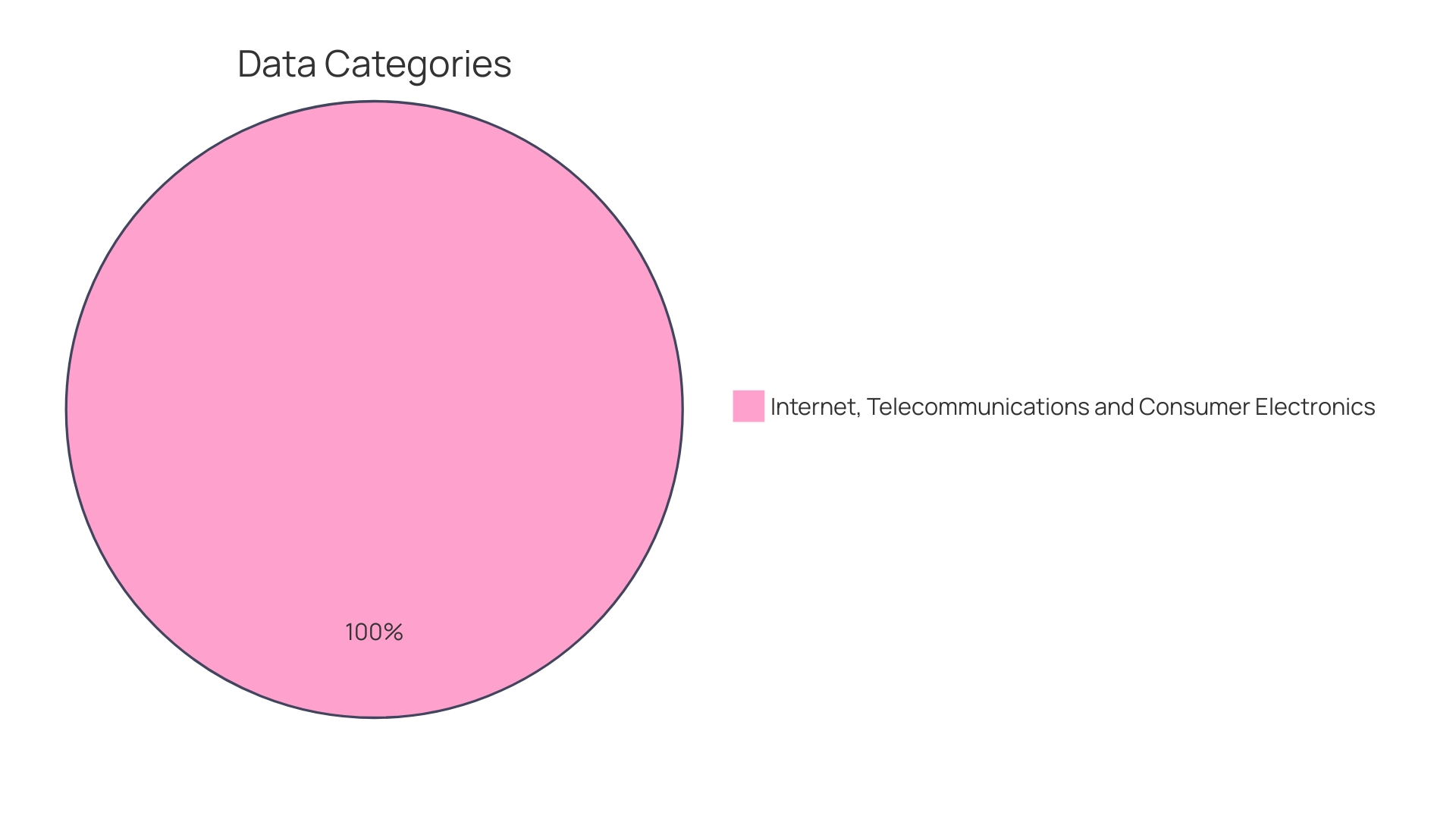
Key Technologies in Automated Claims Processing
The insurance industry is being transformed by a suite of sophisticated technologies that streamline the process of filing and settling insurance cases, from the initial submission to the final resolution. Optical Character Recognition (OCR) and Computer Vision are leading the way in transforming the approach that companies take to handle forms and additional documents. By converting different types of documents into machine-readable data, these technologies significantly expedite the information extraction process.
Communicating with claimants has also become more efficient through Natural Language Processing (NLP) and Chatbots. These tools allow prompt replies to customer inquiries and offer detailed instructions throughout the process, improving the overall customer experience.
Moreover, Sophisticated Data Analytics and Fraud Detection algorithms are crucial in preserving the integrity of the process for submitting requests. By analyzing extensive amounts of data, these algorithms can detect irregular patterns and anomalies that may indicate fraudulent activities.
In addition to these, the Internet of Things (IoT) offers real-time data collection through connected devices, such as telematics in vehicles. This not only enables more precise evaluations but also speeds up the overall processing of requests.
Case studies have demonstrated the impact of these technologies. For instance, Fujitsu and Aioi Nissay Dowa Insurance implemented an advanced claims processing system using AI, video, and telematics data, which cut the time required to settle property damage liability claims by half.
Despite the potential, a recent report revealed that only 36% of financial services and leaders in the insurance industry are utilizing AI across business functions extensively. Nonetheless, the sector continues to make strides in adopting these technologies, aiming to reduce acquisition costs, lower loss ratios, and minimize operating expenses. As the industry continues to navigate through the digital transformation, these intelligent solutions are proving to be invaluable in enhancing efficiency and customer satisfaction.
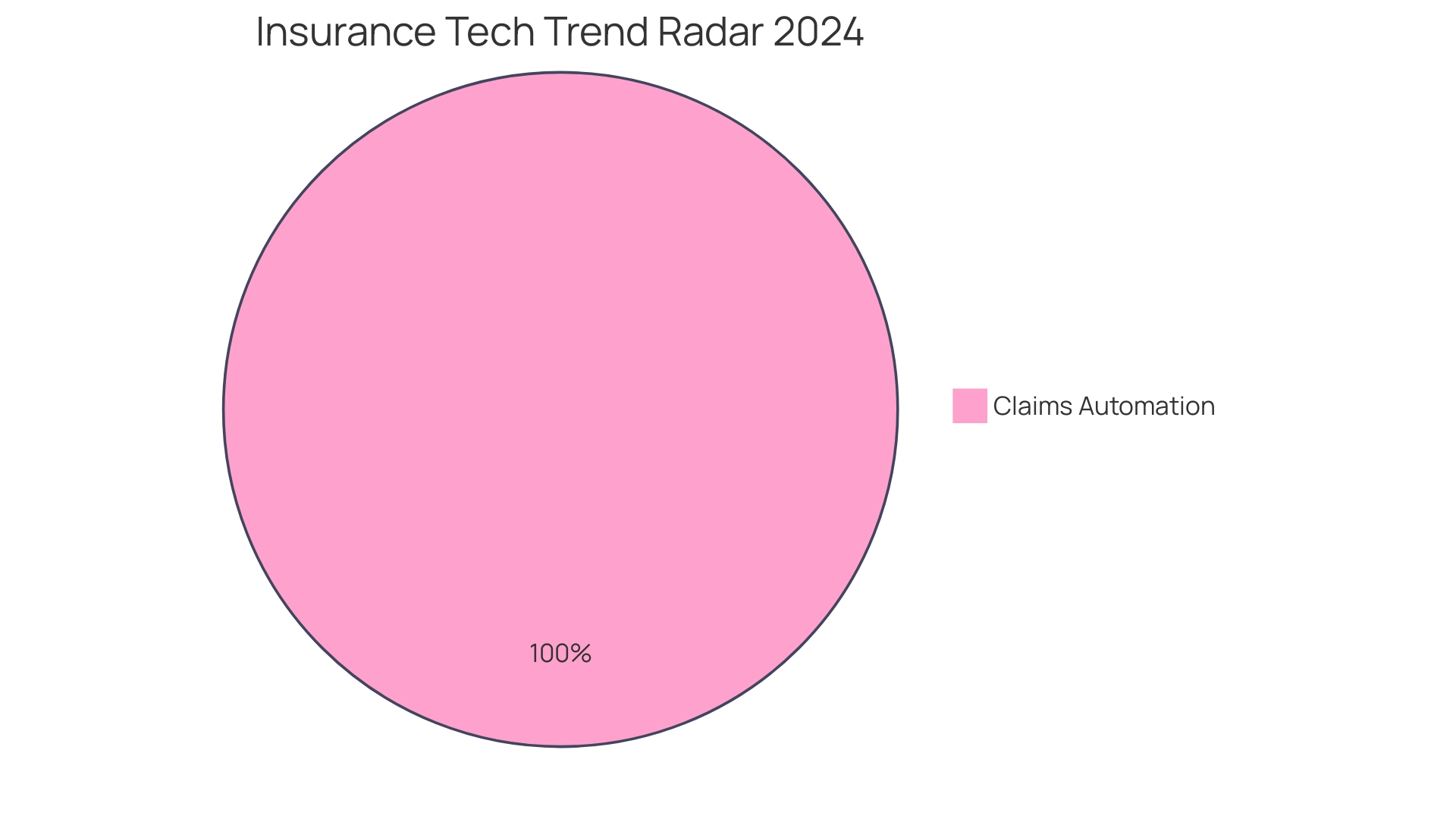
Steps in Automating Claims Processing
In the swiftly changing insurance industry, the mechanization of processing insurance requests is transforming how insurers manage requests, providing faster resolutions for clients and optimizing operations. The first stage of this automated process, Intake and Data Extraction, utilizes OCR and computer vision to carefully extract data from forms and supporting documents. This procedure not only speeds up the processing of requests but also enhances precision in data collection, reducing the possibility of human mistake.
Following data extraction, the Claim Investigation and Validation stage leverages AI algorithms to scrutinize the data against both internal and external databases. These words assert. For example, in fire-related insurance cases, adjusters use visual evidence from images to assess damage and validate requests, ensuring a fair and accurate evaluation.
The following step, Evaluation and Decision-Making, involves ML algorithms evaluating the data to ascertain coverage and calculate the appropriate settlement amount. This evaluation is critical, as it balances the need for fair client compensation with the insurer’s financial sustainability.
Upon approval, the final step, Settlement and Payment Processing, ensures that claimants receive timely and precise payments. This step represents the culmination of the automated process, delivering on the promise of efficiency and client satisfaction. Significantly, organizations such as Hiscox have witnessed a decrease in response times and a notable decline in repetitive workload by adopting such mechanization, highlighting the operational and service advantages.
With the increasing adoption of automation and intelligent solutions in the insurance industry, insurers are positioned to enhance operational efficiency and meet the high expectations of modern customers, who prioritize rapid processing of claims. This emphasis on speed and efficiency is underscored by a recent survey indicating that swift handling of requests is a top priority for customers across multiple countries, with a considerable percentage placing it above the compensation amount itself.
The integration of these automated steps with the insurer’s current systems is crucial, ensuring a seamless transition and adherence to industry standards. This strategic implementation of technological advancements indicates a revolutionary change in the industry, connecting the divide between conventional approaches and the digital era.
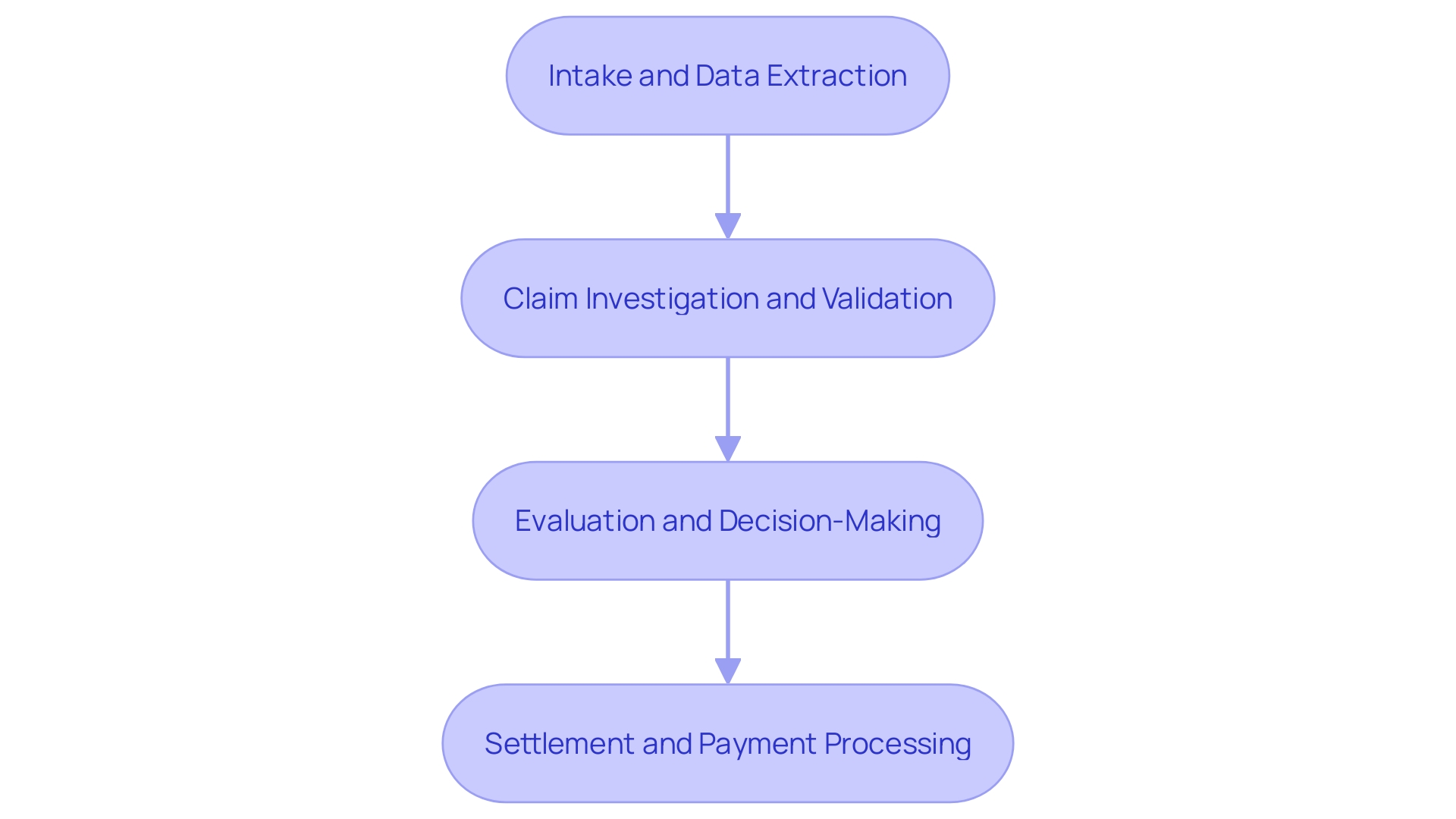
Implementing Automation in Your Organization
The emergence of mechanization within the sector has been a game-changer, particularly in the realms of claims processing and underwriting. By identifying the particular obstacles and inefficiencies in existing processes, companies can strategically introduce technological solutions to improve productivity and client contentment. A pivotal aspect of this transformation involves the careful selection of technological partners and tools that align with the company’s objectives, such as those provided by the Red Hat Ansible Automation Platform.
Sathish Balakrishnan, vice president and general manager at Red Hat, underscores the growing importance of mechanization in the insurance field, stating, ‘By utilizing Red Hat Ansible Automation Platform, organizations like Mutua Madrilena can eliminate time-consuming manual steps, reduce operating costs, and enhance efficiency to deliver the expected level of service to customers.’ Similarly, Marta Ceciliano from Mutua Madrileña notes the platform’s role in accelerating velocity and execution times, while fostering cross-team collaboration.
For a tangible example, look no further than the success story of Mutua Madrilena. With a sprawling IT environment that grew from 28 to over 60 platforms, the organization faced significant challenges in managing its complex systems. The implementation of Red Hat’s solution not only streamlined their operations but also led to reduced incident resolution times, from hours to mere minutes.
In practice, claims digitization can significantly influence a company’s financial performance by impacting acquisition costs, loss ratios, and operating expenses. Companies like Fujitsu and Aioi Nissay Dowa have seen their property damage liability payout times slashed by half thanks to AI-enhanced systems utilizing video and telematics data.
The implementation of mechanization into the insurance sector is not without its limitations, as highlighted by Jason Ralph, a partner at McKinsey & Co. While generative AI has shown promise in compressing the modernization of legacy systems from five years to under two, constraints in technology, talent, and data management need to be addressed for its full potential to be realized.
As these technological advancements unfold, it is imperative for organizations in the field of risk coverage to keep abreast of the latest innovations and their practical applications. By utilizing automation and intelligent solutions, insurance companies are ready to redefine the efficiency of their operations and the quality of their engagements.
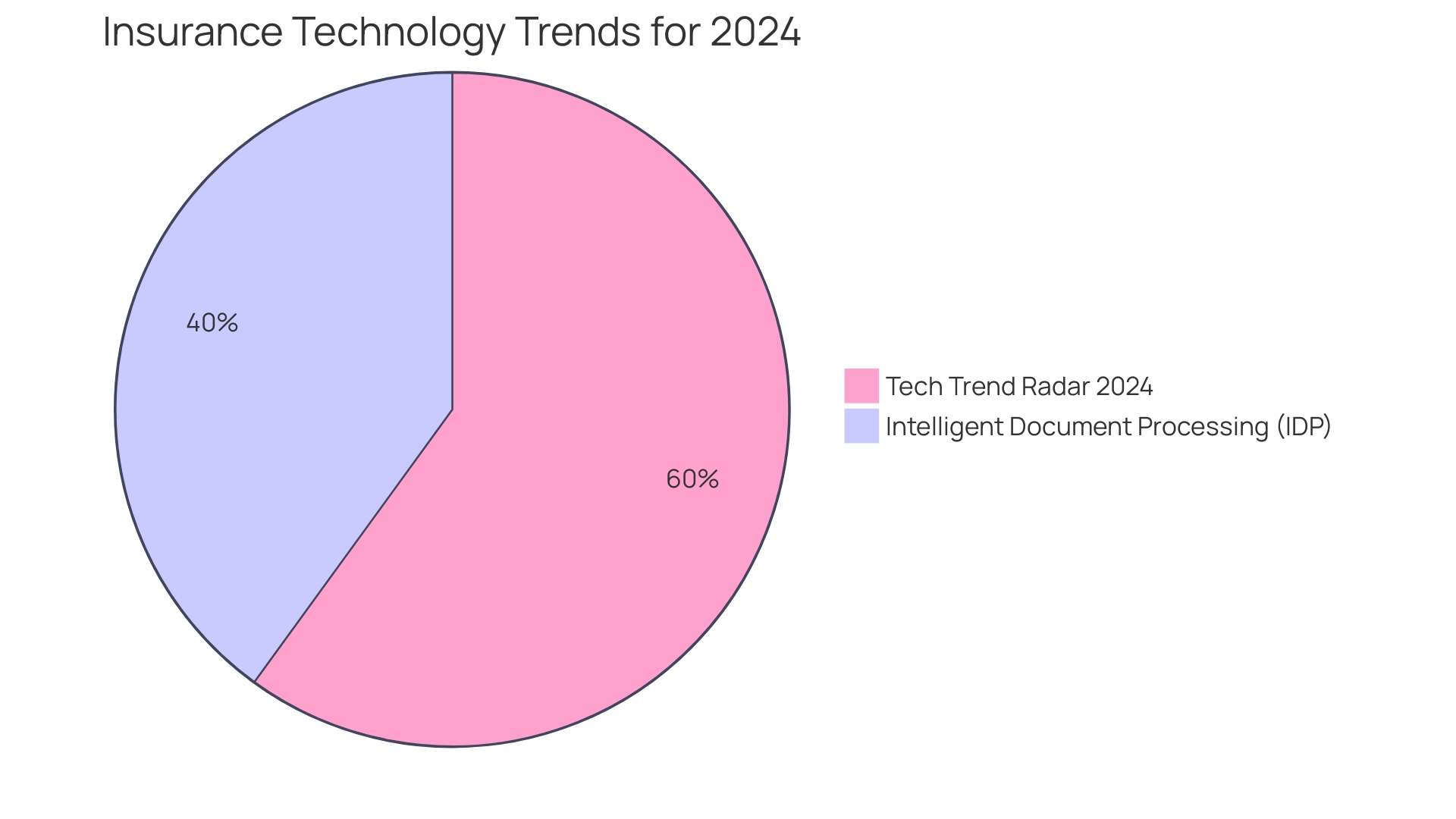
Future of Insurance Claims Processing with AI and ML
Insurance companies are at a transformative juncture where artificial intelligence (AI) and machine learning (ML) are reshaping insurance policy processing. As AI becomes more deeply embedded in the industry, it provides a path to automate complex tasks, significantly boosting efficiency and enhancing the customer experience. Insurance adjusters, who play a crucial role in the process of claims, benefit from Ai’s capacity to analyze and process vast amounts of data, which can range from predictive analytics to image analysis for damage assessment.
AI-powered solutions, such as chatbots, have evolved to offer instantaneous, tailored interaction with claimants, marking a shift towards a more responsive and customer-centric approach. As GenAI transforms the sector, we are observing a rise in applications that can explore, produce, categorize, group, and condense information, simplifying the process of managing insurance requests.
The integration of AI extends to the use of generative AI, which assists in rapidly identifying relevant information, clarifying ambiguities during the First Notice of Loss intake, and ensuring policyholders are adequately covered. With the assistance of AI, adjusters can now efficiently navigate the deluge of information, promoting a more effective resolution process.
Furthermore, the incorporation of IoT devices has ushered in an era of proactive risk assessment. Real-time data collection from IoT devices empowers insurers to mitigate risks before they lead to claims, embodying a proactive versus reactive approach to risk management.
However, the adoption of AI is not without its challenges. While 91% of financial services and leaders in the industry have initiated AI proofs of concept, only 36% have adopted these widely across their operations. It’s clear that the industry is still grappling with how to fully harness Ai’s potential, as 70% of companies continue to explore the technology’s benefits.
The industry’s dedication to AI and ML innovation is evident in the Tech Trend Radar 2024, which emphasizes the significance of these technologies. This forward-looking initiative stresses the need for early adoption in business areas most affected by AI and ML trends.
In summary, the future of insurance claims processing with AI and ML technologies is poised to deliver unprecedented levels of efficiency, accuracy, and customer satisfaction. As insurers continue to adapt and integrate these technologies, the benefits will only become more pronounced, signaling a significant leap forward for the industry.
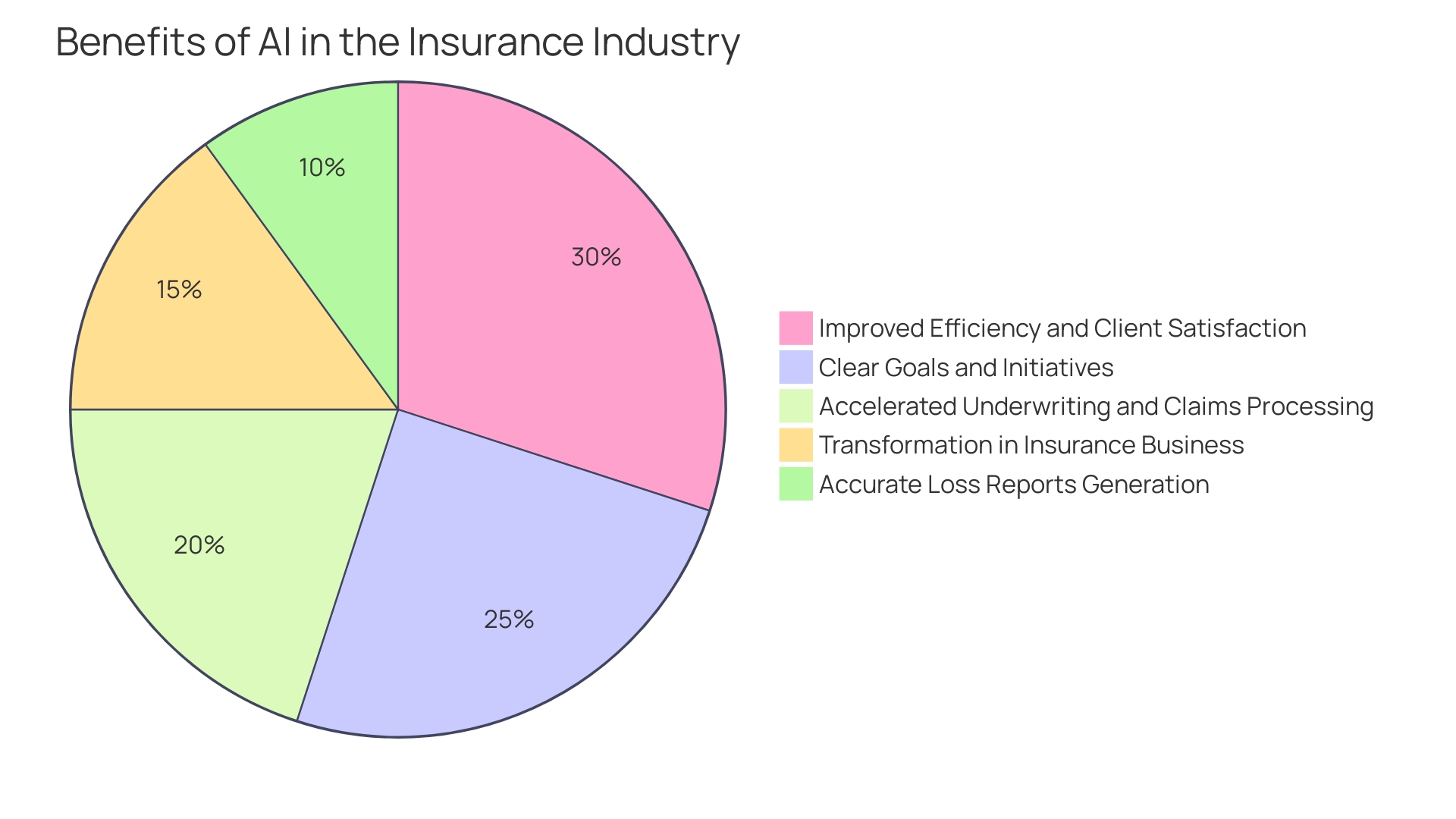
Conclusion
In conclusion, the integration of AI and machine learning in insurance claims processing has revolutionized the industry. Automation enhances efficiency, accelerates settlement times, and ensures precision in claims adjudication. It meets customer expectations for accessible interactions and combats fraudulent activities.
Automated claims processing offers benefits such as reduced response times and workloads. Customer surveys emphasize the importance of rapid claims processing, particularly in the UK market.
Key technologies like OCR, Computer Vision, NLP, Chatbots, Advanced Data Analytics, Fraud Detection, and IoT streamline the entire claims process.
The steps in automating claims processing involve data extraction, investigation and validation, evaluation and decision-making, and settlement and payment processing. These steps expedite claims handling, ensure accuracy, fair compensation, and timely payments.
Effective implementation of automation requires strategic selection of technological partners and tools, such as the Red Hat Ansible Automation Platform.
While challenges remain in fully harnessing AI’s capabilities, the insurance industry is committed to AI and ML innovation. The future of insurance claims processing holds promise, with AI-powered solutions enhancing customer interaction and claims resolution.
As insurers continue to adapt and integrate AI and ML technologies, the industry will experience unprecedented efficiency, accuracy, and customer satisfaction. Full automation signifies a transformative shift towards a digital future in insurance.
Experience the benefits of AI-powered claims processing today!

